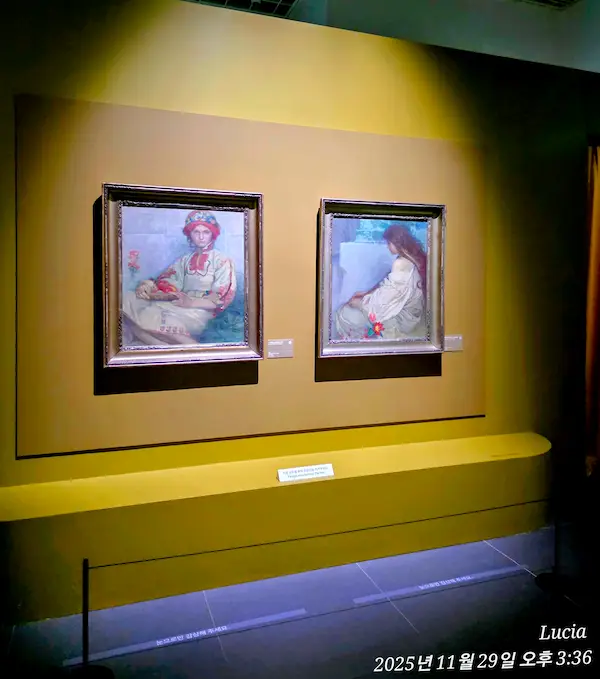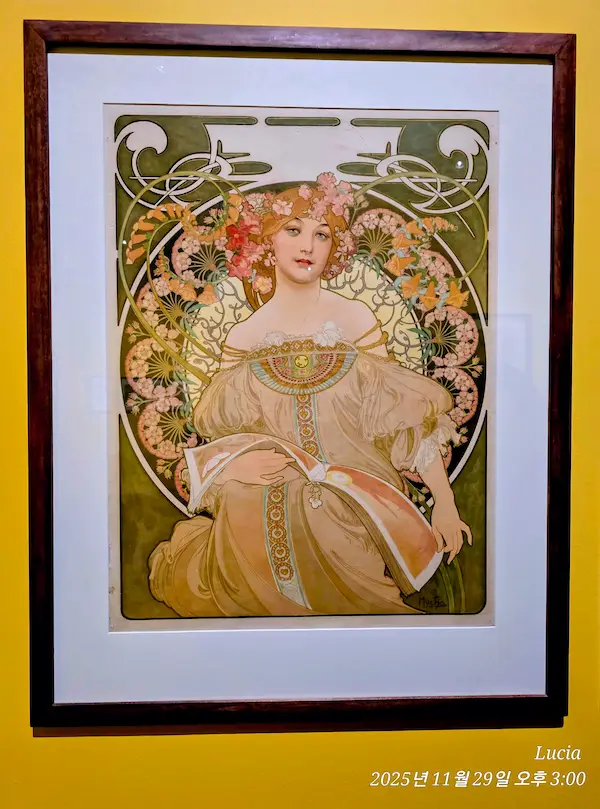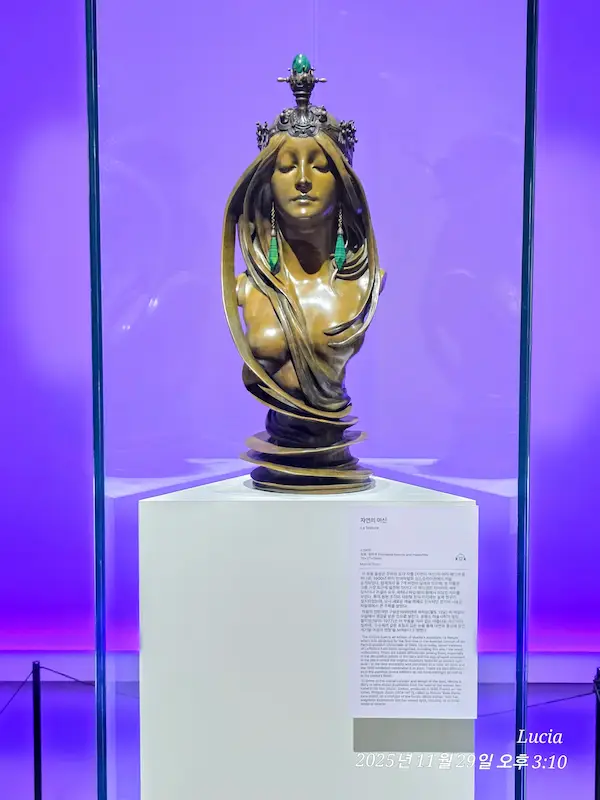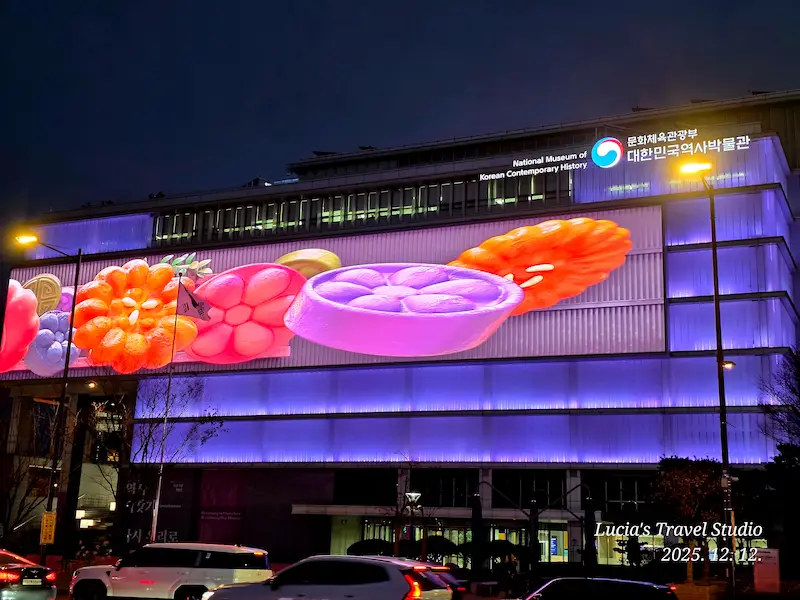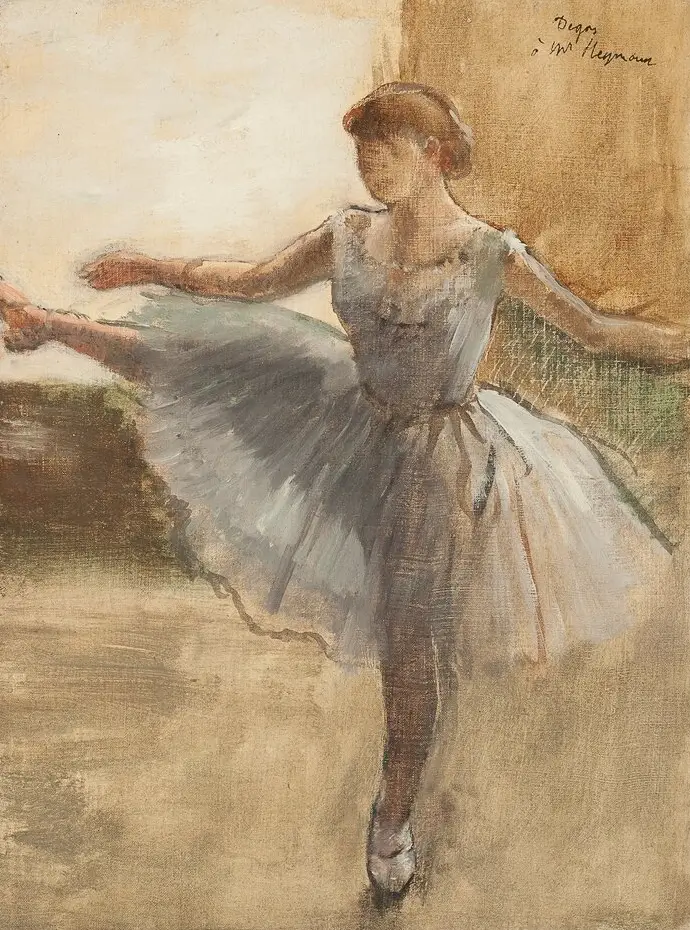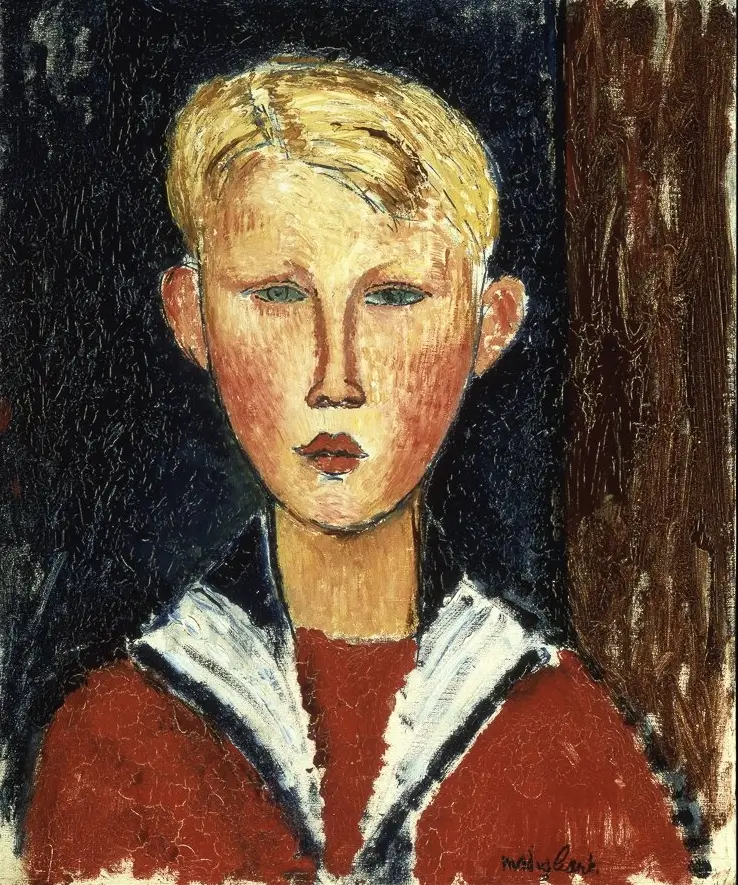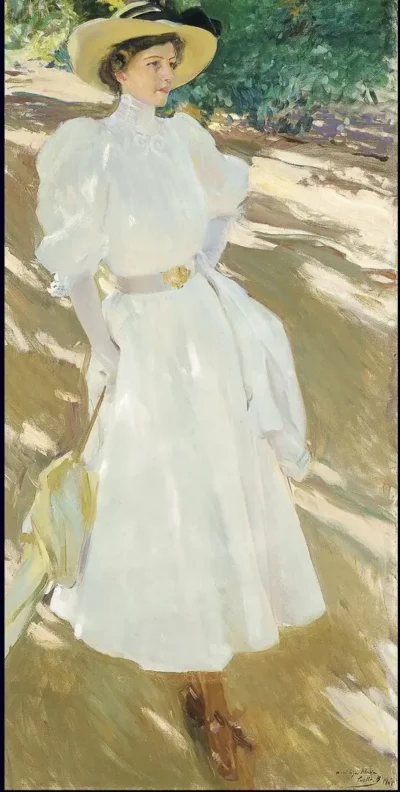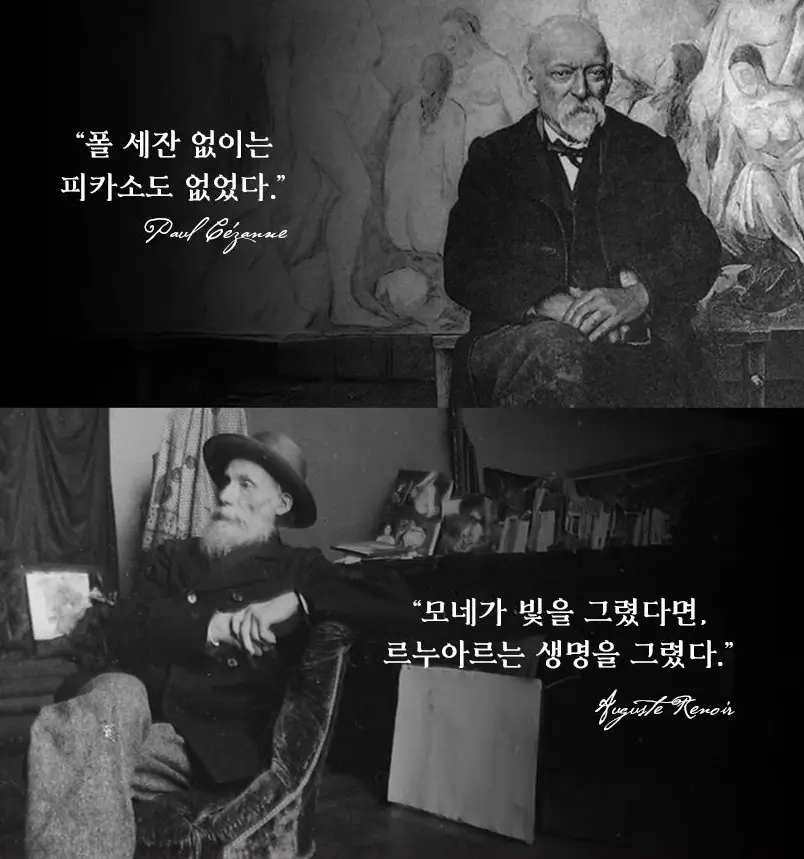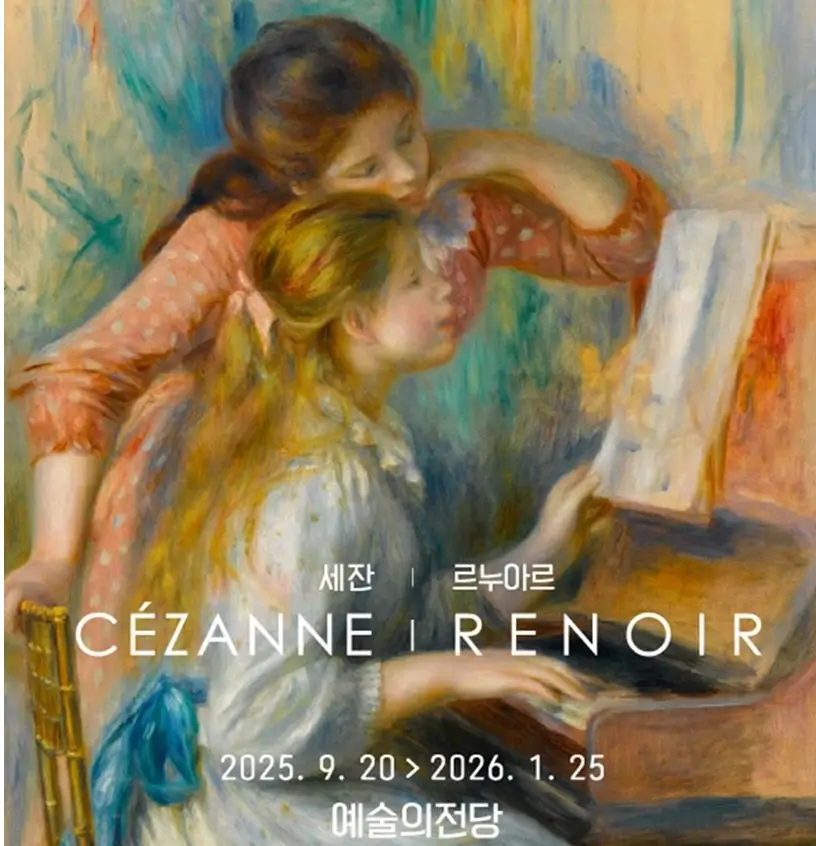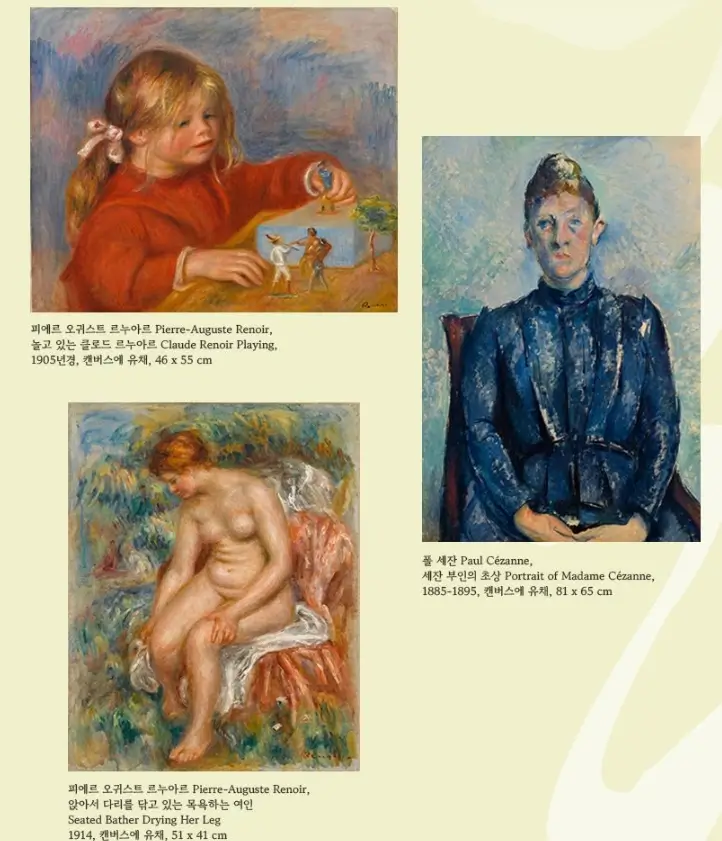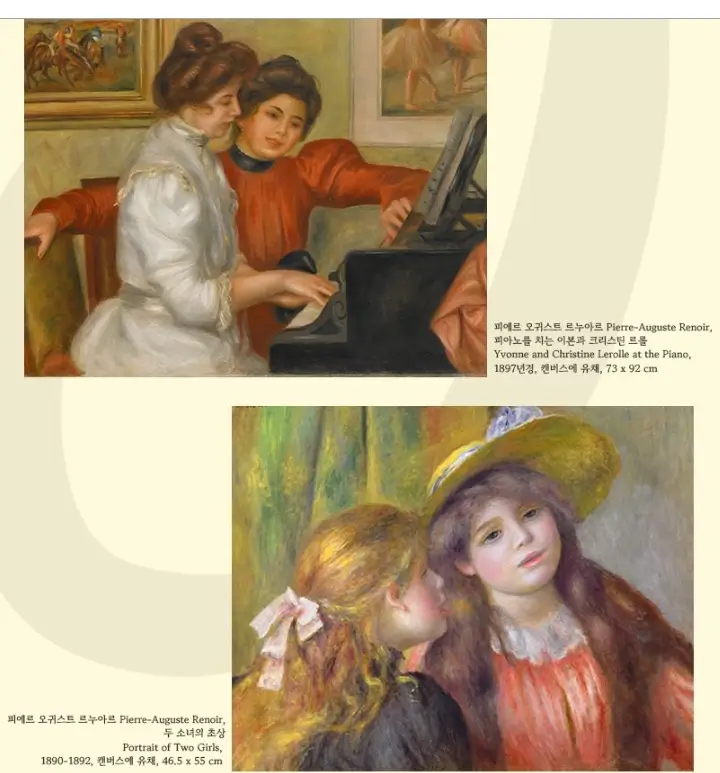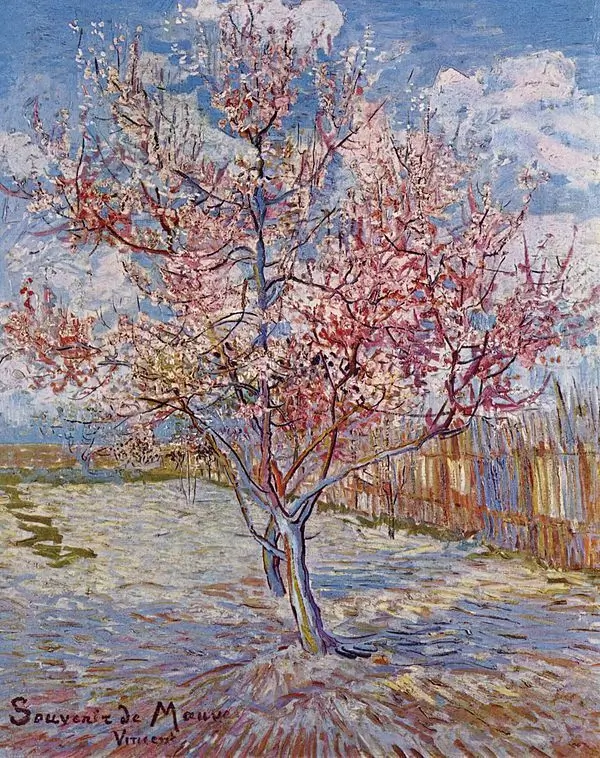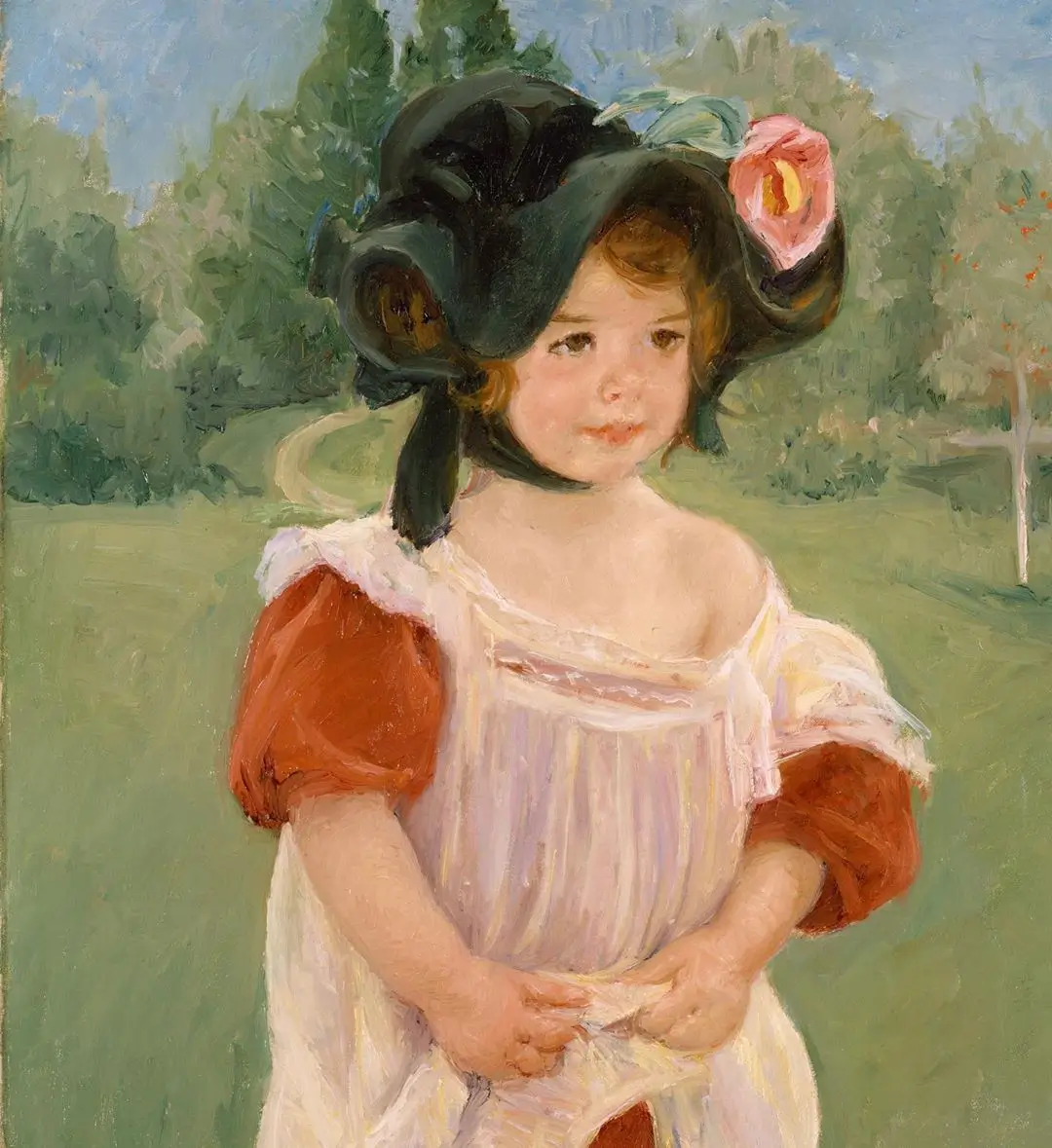✨ Best Winter Exhibitions in Seoul 2025 — Top 5 Must-See Art & Museum Shows in Korea
🌏 Before You Head Out
Before you head out, make sure to download the Naver Map app — it’s the most accurate navigation app in Korea.
Unlike Google Maps, which often struggles with Korean addresses and routes, Naver Map provides precise walking, driving, and public transport directions in English.
Available on both Android and iOS, it’s your best companion for navigating anywhere in Korea, whether you’re looking for hospitals, clinics, pharmacies, government offices, tourist attractions, restaurants, or simply getting around the city.
🖼 The Hyundai Seoul — “Alphonse Mucha: Light and Dreams (The Artist as Visionary)”
• Exhibition Title: Alphonse Mucha: Light and Dreams (The Artist as Visionary)
• Period: Ongoing, 2025
• Venue: The Hyundai Seoul Exhibition Hall, Yeouido
🎫 Ticket Prices: Adults (ages 19–64) — 22,000 KRW / Children & Teens (ages 4–18) — 15,000 KRW
The new exhibition <Alphonse Mucha: Light and Dreams>, which opened yesterday at ALT.1, The Hyundai Seoul, offers a distinctly different experience from previous Mucha exhibitions in Korea.
Many people are familiar with Mucha through his elegant Art Nouveau posters—the beautiful illustrations created during his early commercial period in Paris.
However, those works represent only a small portion of his artistic journey.
How This Exhibition Stands Apart
Unlike past shows that mainly focused on decorative posters and advertisement designs,
this exhibition presents a full retrospective covering Mucha’s entire artistic life.
Visitors will encounter:
Rare oil paintings, drawings, tempera works, sculptures, and jewelry designs
Artworks that reveal Mucha not only as a master of decorative style, but as a deeply philosophical and spiritual artist
Pieces rarely seen outside Europe, offering insight into his personal beliefs, national identity, and artistic evolution
The Most Powerful Moment — The Slav Epic
One of the most moving parts of the exhibition is found in the final galleries (Rooms 5 & 6),
featuring selections from The Slav Epic, Mucha’s monumental series dedicated to the history and spirit of the Slavic people.
Even incomplete works carry overwhelming emotional intensity—
large-scale canvases filled with light, symbolism, and a profound longing for cultural identity.
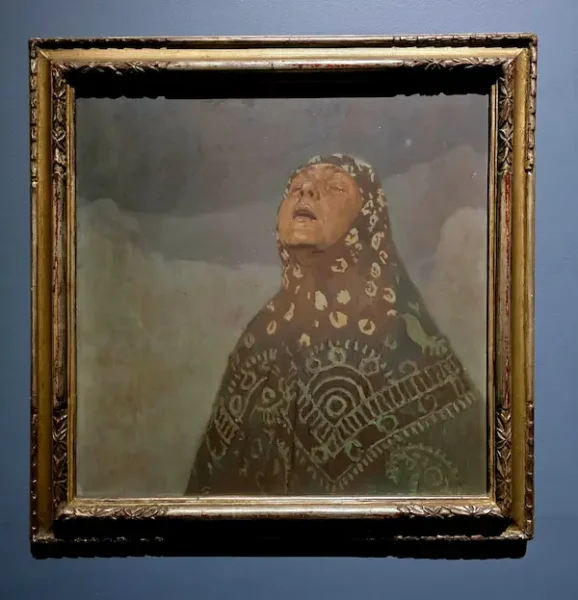
More Than a Beautiful Poster Exhibition
This exhibition invites visitors to see beyond surface beauty and rediscover the true Mucha:
an artist who devoted his life to exploring freedom, identity, spirituality, and humanity’s shared history.
It is an opportunity to follow his artistic journey from Paris to his homeland and witness how dreams can shape history.
🏛 National Museum of Korean Contemporary History — Permanent Exhibition “History Gallery”
• Exhibition Title: Permanent Exhibition “History Gallery”
• Period: Ongoing / Permanent
• Venue: 3F–4F, National Museum of Korean Contemporary History
• Exhibition Overview
• A comprehensive presentation of 150 years of Korea’s modern and contemporary history, structured into four major chronological themes—from the end of the Joseon Dynasty and the proclamation of the Korean Empire, through liberation, war, industrialization, democratization, and leading into the present day.
• Personal diaries, letters written in prison, and worn-out shoes of independence activists from the Japanese colonial era, as well as photographs of war orphans and relief supply containers, illustrate the sweeping historical transitions through individual experiences and emotional realities rather than abstract narratives.
• Visual materials including factories, buses, newspapers, and advertising imagery document the rapid socioeconomic transformation during industrialization, while the democratization space features images and handwritten records from candlelight protests, revealing how modern Korea’s identity was shaped.
✨ Tip!
If you visit in autumn, take the elevator up to the rooftop garden of the National Museum of Korean Contemporary History near Gwanghwamun.
From there, you can enjoy a stunning panoramic view of Gwanghwamun Gate, Gyeongbokgung Palace, the Blue House, and Mt. Bugaksan — all for free.
🎭 Sejong Center — “From Renaissance to Impressionism: 600 Years of Western Art”
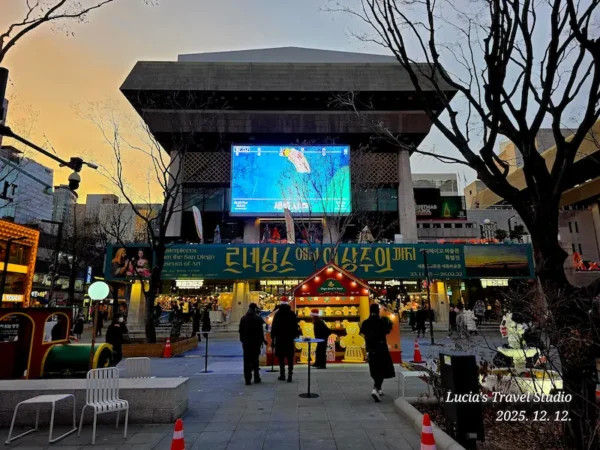
• Exhibition Title: From Renaissance to Impressionism — Special Exhibition from the San Diego Museum of Art
📅 November 5, 2025 – February 22, 2026 – Hours: 10:00 AM – 7:00 PM (Last admission 30 minutes before closing)
📍 Sejong Center, Sejong Museum of Art Galleries 1 & 2
🎫 Ticket Prices: Adults: 23,000 KRW / Middle & High School Students: 20,000 KRW / Preschool & Elementary Students: 17,000 KRW
• Exhibition Overview
A rare and monumental exhibition will open in November 2025 at Sejong Center in Seoul.
This special exhibition presents 65 masterpieces—paintings and sculptures—by 60 iconic artists,
all drawn exclusively from the collection of the San Diego Museum of Art (SDMA) in the United States.
What makes this exhibition especially extraordinary is that it consists solely of works from SDMA’s
Permanent Collection.
Among them, 25 works have never been loaned or shown outside the museum—not once in history.
Experts emphasize that the likelihood of seeing a collection of this scale abroad again is almost zero,
which is why this exhibition is considered the first and likely the last chance to encounter these works in Korea.
🖼 Exhibition Structure & Viewing Highlights
The exhibition follows the sweeping evolution of Western art—from
Late Medieval religious painting to Renaissance, Baroque, Neoclassicism, Realism, and Impressionism—
revealing how art transitioned from a God-centered worldview to a human-centered perspective.
Through the development of perspective, anatomical proportion, and scientific understanding of light,
visitors can visually trace how artistic expression transformed alongside the changing world.
The final galleries focus on the works of Paul Cézanne and Pierre-Auguste Renoir, inviting viewers to experience the essence of Impressionism—
light, air, movement, and time captured on canvas.
👑 Featured Artists
This exhibition brings together masters who shaped pivotal turning points in art history:
Martin Kemp • Bernardino Luini • El Greco • Hieronymus Bosch
Francisco de Zurbarán • Francisco de Goya • Esteban Murillo
Edgar Degas • Claude Monet • Joaquín Sorolla
Suzanne Valadon • Amedeo Modigliani — and more.
For many of these artists, experiencing their works in person rather than through reproductions
offers an entirely different emotional and visceral encounter with texture, scale, and presence.
🎨 Seoul Arts Center — “Orangerie & Musée d’Orsay Special Exhibition: Cézanne & Renoir”
• Exhibition Title: Special Exhibition from the Musée de l’Orangerie & Musée d’Orsay — Cézanne & Renoir
• Dates: September 20, 2025 (Sat) – January 25, 2026 (Sun) Hours: 10:00 AM – 7:00 PM (Closed every Monday)
• Venue: Hangaram Art Museum, Seoul Arts Center
🎫 Ticket Prices: Adults (ages 19–64): 22,000 KRW / Youth (ages 13–18): 18,000 KRW / Children (ages 7–12): 15,000 KRW / Preschoolers (ages 4–6): 12,000 KRW / Seniors (65+): 12,000 KRW
• Exhibition Overview:
In celebration of the 140th anniversary of diplomatic relations between Korea and France, this exhibition marks a historic moment —
the first time in Korea that masterpieces from the Musée de l’Orangerie are being showcased, and the first Orsay Museum special exhibition in Seoul in nearly 10 years.
• Approximately 120 masterworks from the Orangerie and Orsay collections, featuring major Impressionist and Post-Impressionist artists.
• Enables direct comparison between Cézanne’s structural and analytical compositions and Renoir’s warm, tactile portrayals of the human figure, illustrating the shift from representation to sensory and conceptual expansion in modern art.
• Highlights Impressionism’s redefinition of light and color and its impact on the transformation of artistic methodology.
🏛 National Museum of Korea
1. The Robert Lehman Collection at The Metropolitan Museum of Art
A landmark exhibition tracing the artistic revolution from Impressionism to the dawn of Modernism — exploring how artists captured light, movement, and the changing vision of the world.
• Exhibition Title: From Impressionism to Early Modernism: Collectors of Light
• Period: 2025-11-14 ~ 2026-03-15
• Venue: Special Exhibition Hall 1, National Museum of Korea
🖼 Exhibition Highlights – From Impressionism to Early Modernism: Collectors of Light
Featured Works
The exhibition presents 81 masterpieces from the collection of The Metropolitan Museum of Art, including:
Auguste Renoir — Jeunes filles au piano (Girls at the Piano
Vincent van Gogh — View of Arles, Flowering Orchards (c.1889)
Mary Cassatt — Spring, Margot Standing in the Garden, 1900
Exhibition Overview
This exhibition traces the sweeping artistic transformation from late 19th-century Impressionism to the emergence of early Modernism in the early 20th century.
Through light, color, form, and experimentation, the artists redefine how we see and understand the world — shifting from capturing fleeting moments to exploring deeper psychological and structural interpretations of reality.
2. Permanent Exhibition
Explore Korea’s rich heritage at the National Museum of Korea, where the permanent exhibition spans multiple galleries featuring nearly 10,000 artifacts that chronicle the history, culture, and art of the Korean peninsula from prehistoric times to the premodern era.
The museum’s permanent collection is organized across several themed galleries — from Prehistory & Ancient History to Unified Silla, Goryeo, Joseon periods, through ceramics, sculpture, and traditional painting. Because many of the galleries rotate exhibits to preserve artifacts or support traveling shows, each visit offers a unique experience. Entry to the permanent exhibition is free for all visitors, making it an accessible cultural highlight for tourists and locals alike.
Highlights of the collection include:
Paleolithic stone tools, Bronze-Age pottery, and relics from early Korean kingdoms
Unified Silla gilt-bronze Buddhist statues and artifacts reflecting early Korean religious art
Intricate Gaya and Baekje-era metalworks — crowns and ceremonial items
Royal and courtly artifacts from the Joseon Dynasty: ceramics, paintings, Buddhist paintings
Traditional Korean ceramics (celadon and white porcelain), Buddhist sculptures, metal crafts and royal regalia
Whether you’re into ancient history, fine art, or cultural heritage, the museum provides a deep, immersive look at Korea’s past — all under one roof, and completely free.
🏺 Representative Artifacts
Gilt-Bronze Buddha with Inscription “Seventh Year of Yeonga” — One of the oldest dated Buddhist bronze statues in Korea, marking the arrival and early evolution of Buddhist art.
Gold Crown from the Gaya Confederacy — A majestic relic showcasing the craftsmanship and regal culture of the ancient Gaya people.
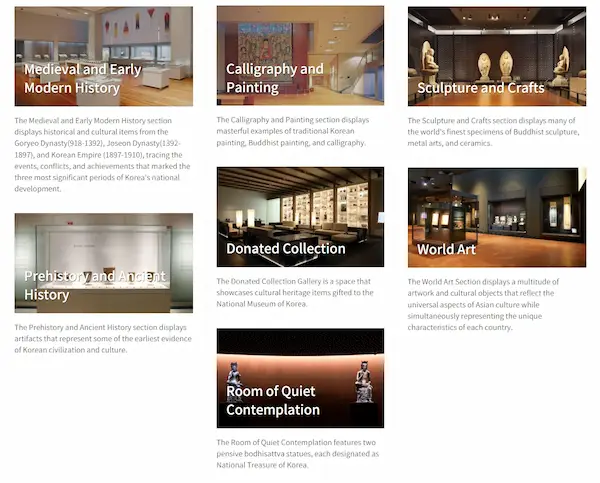
Celadon Vase with Inlaid Cloud and Crane Design (Joseon / Goryeo period) — A beautiful example of Korean celadon ceramics, renowned for its glaze, artistry, and subtle elegance.
Blue-and-White Porcelain Bowl (Joseon period) — Represents the refined everyday and ritual ceramics that defined Korean porcelain artistry.
Collection of Celadon Pottery from Goryeo Period — Demonstrates the technical sophistication and aesthetic achievement in medieval Korean ceramics.
📍 Next Destination: Bukchon Hanok Village
If you’re interested in exploring more of Seoul’s traditional beauty after visiting DDP, the Bukchon Hanok Village is just a short walk away.
It’s a 600-year-old neighborhood nestled between Gyeongbokgung and Changdeokgung Palaces, featuring traditional Hanok houses. Perfect for a peaceful stroll through narrow lanes with picturesque views of ancient rooftops against the backdrop of modern Seoul.
Check out our full walking tour guide here: Bukchon Walking Tour for the best routes and tips!


